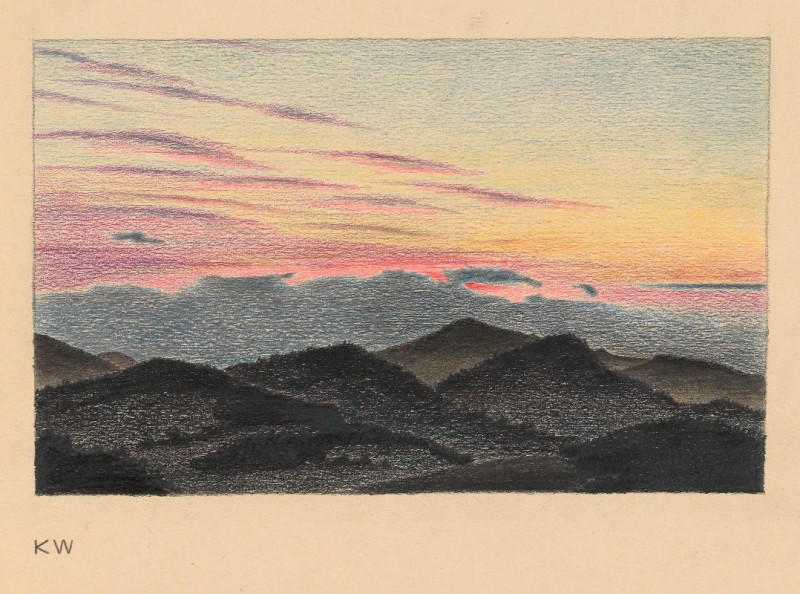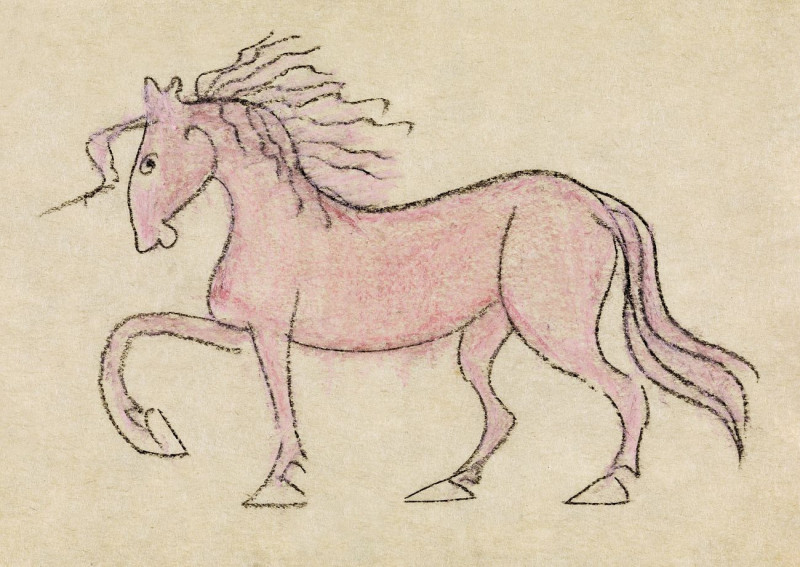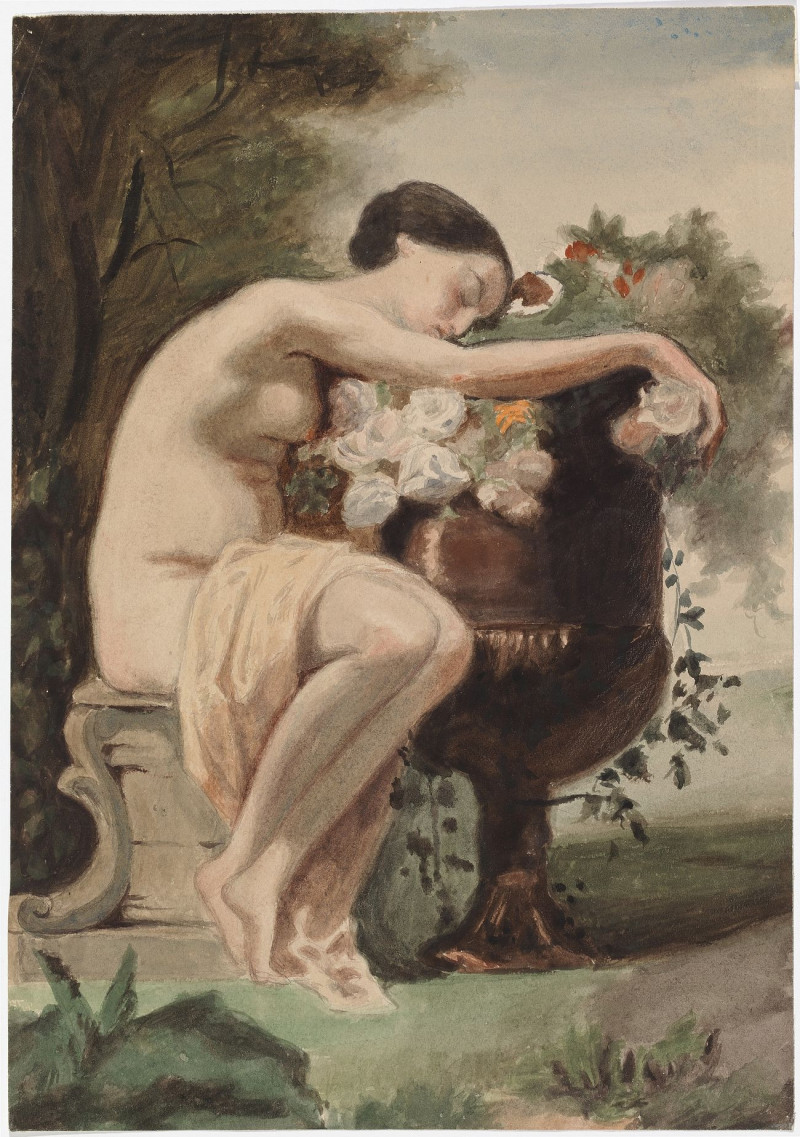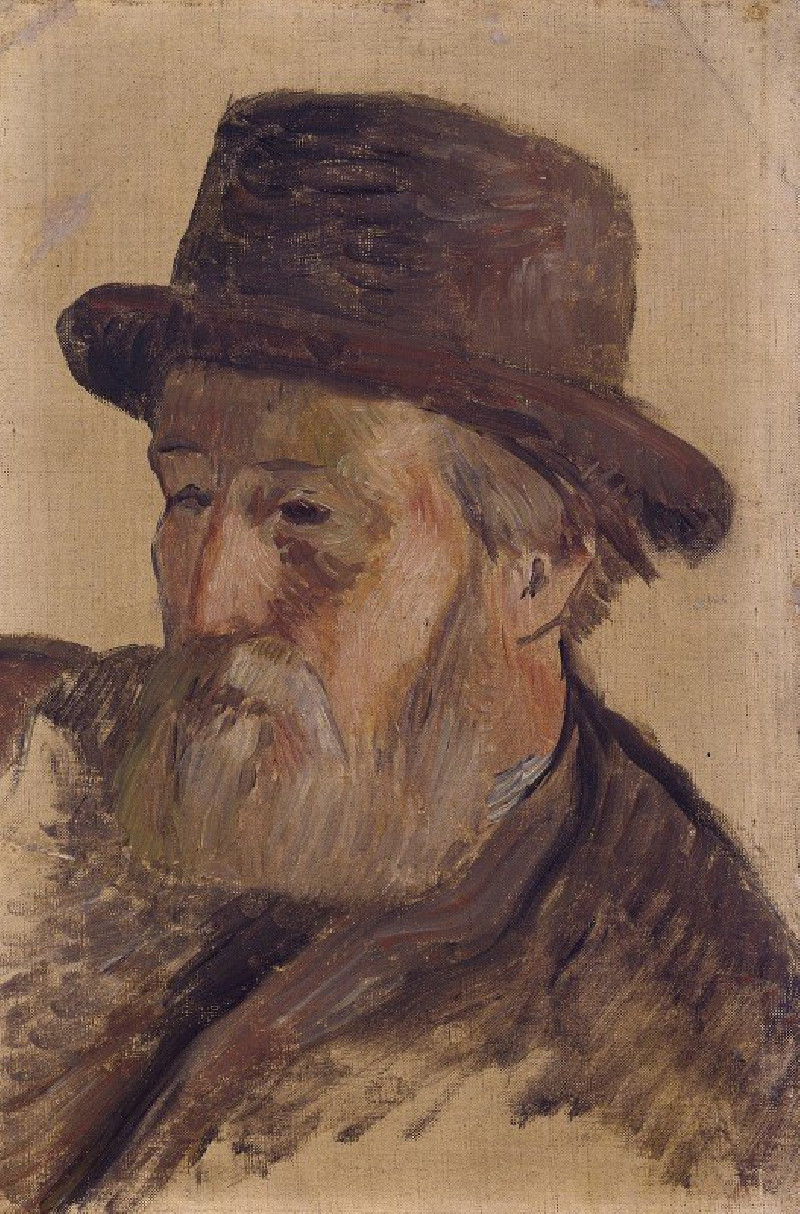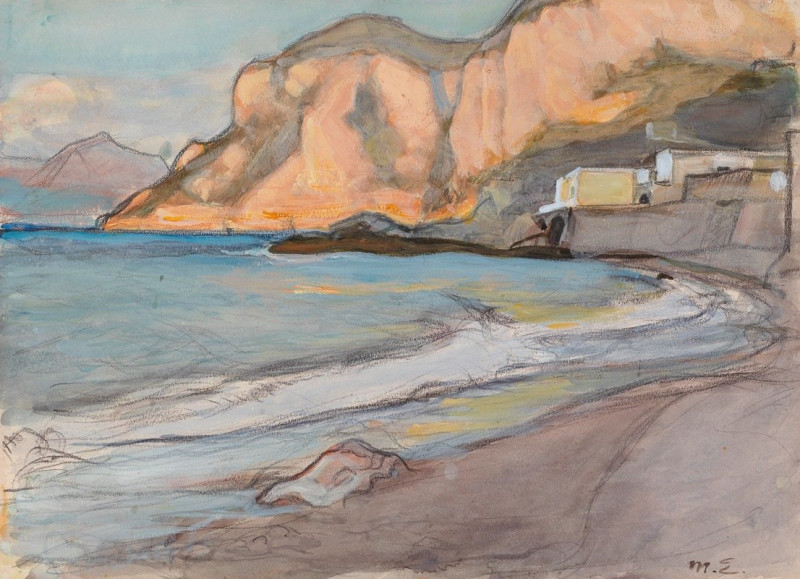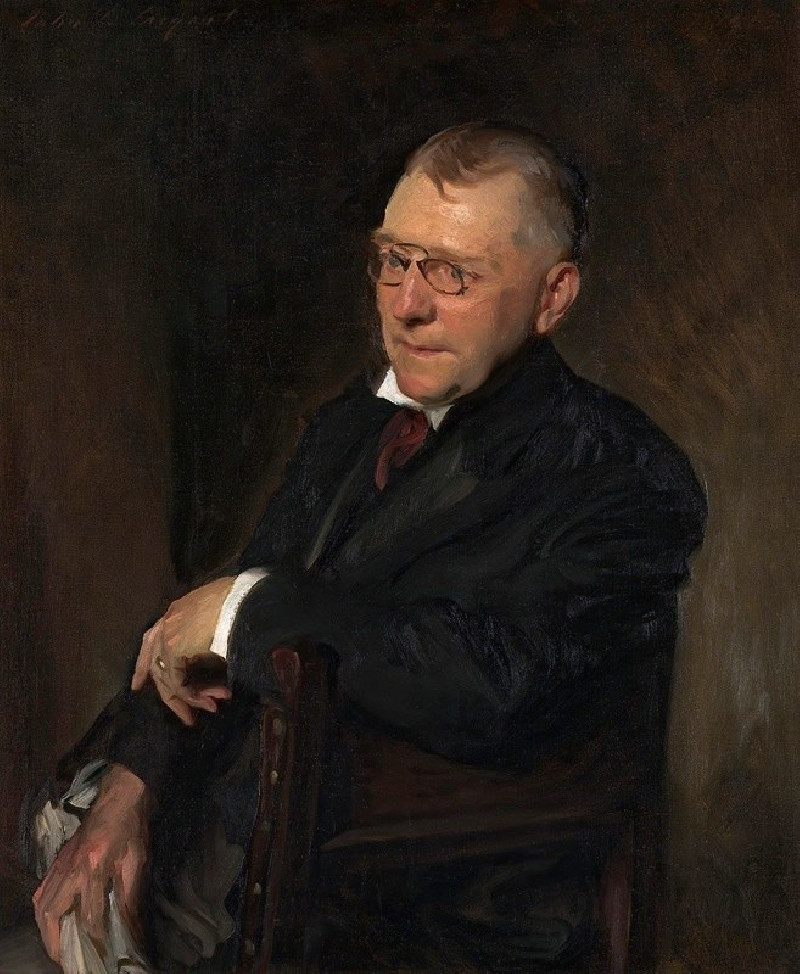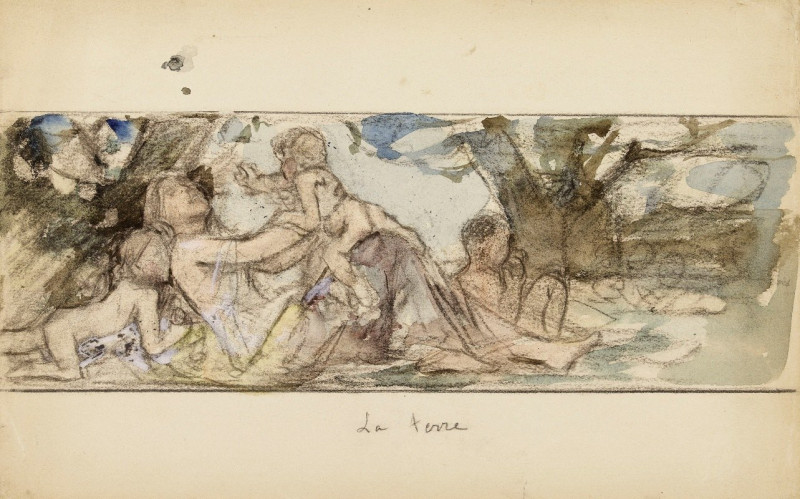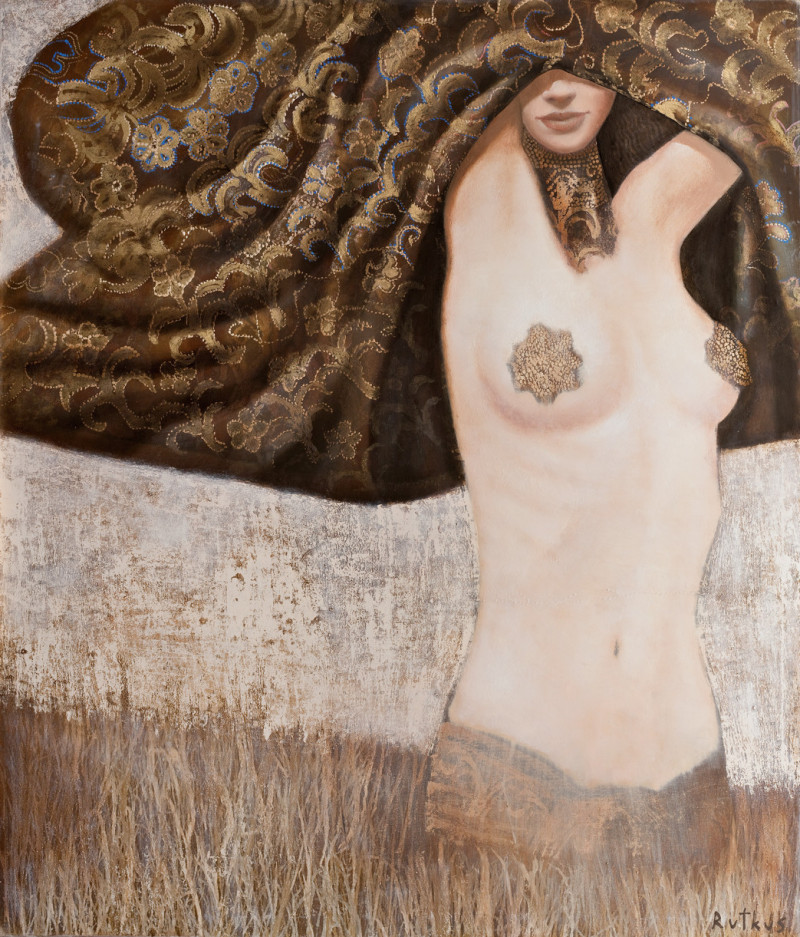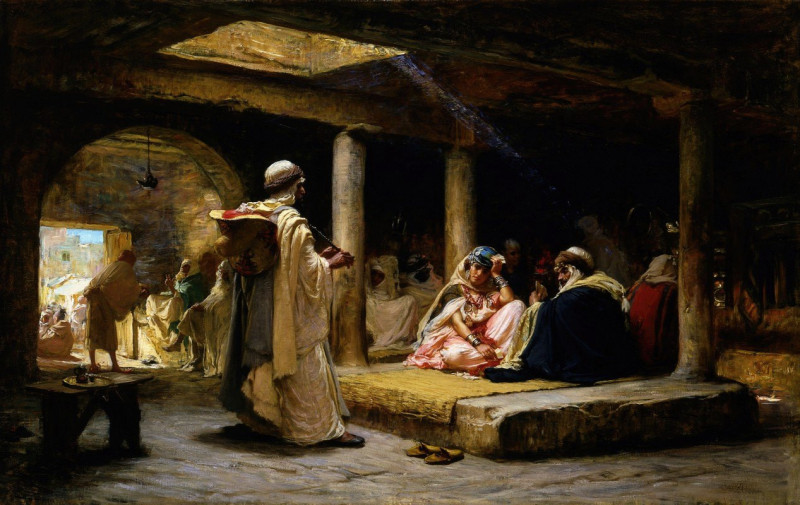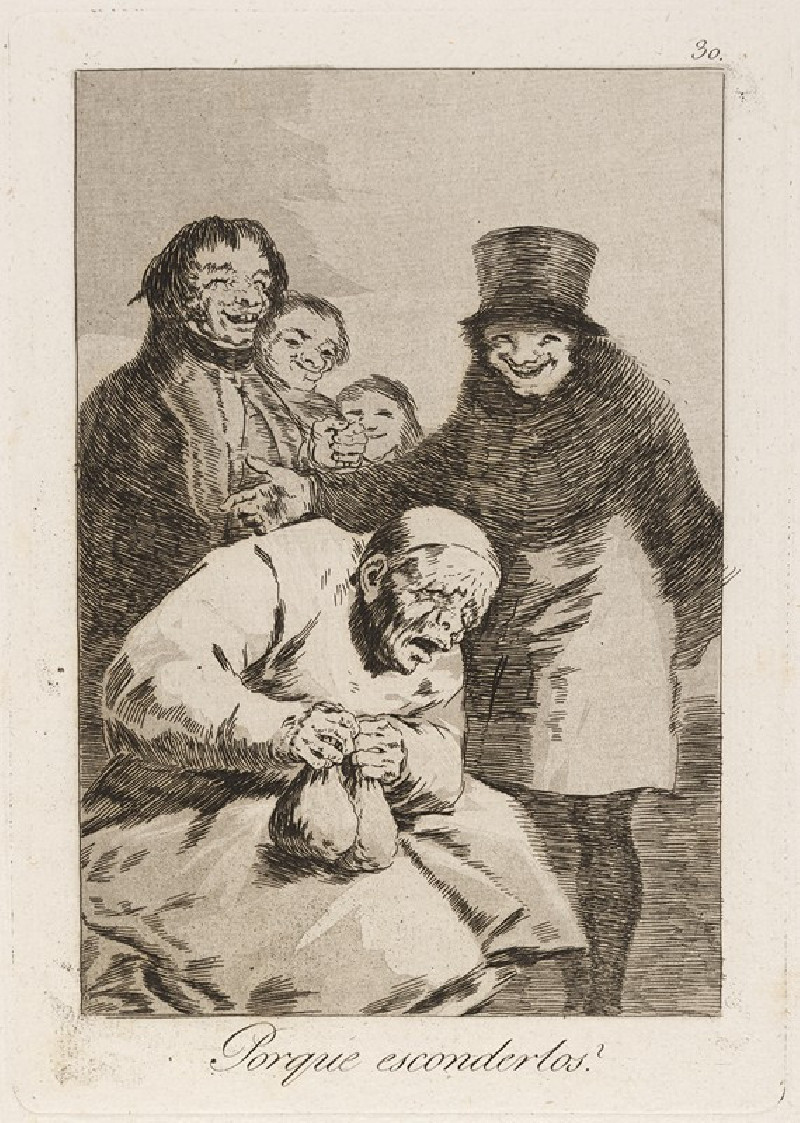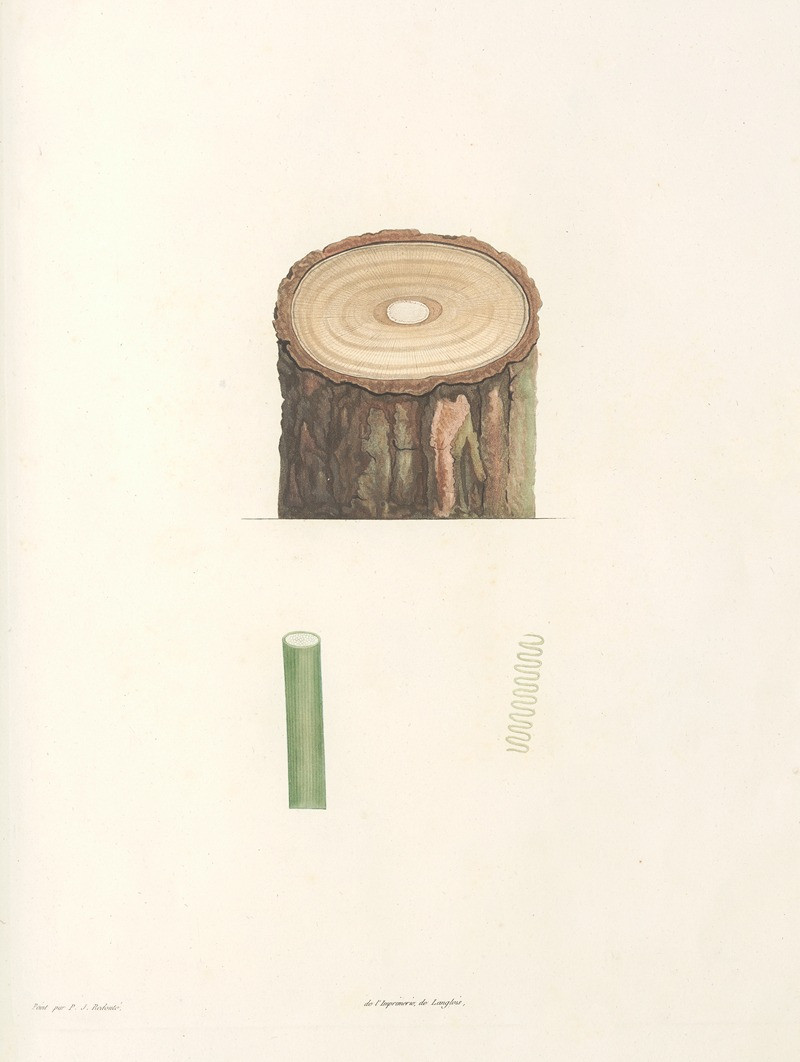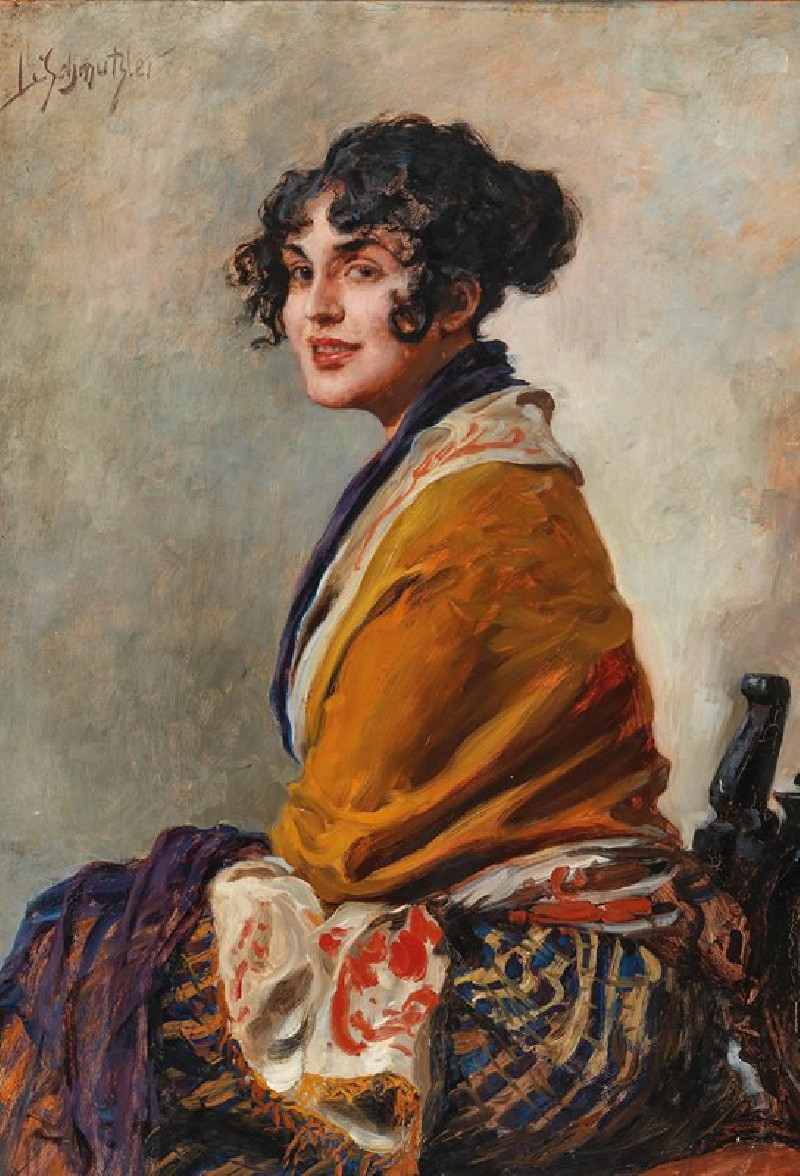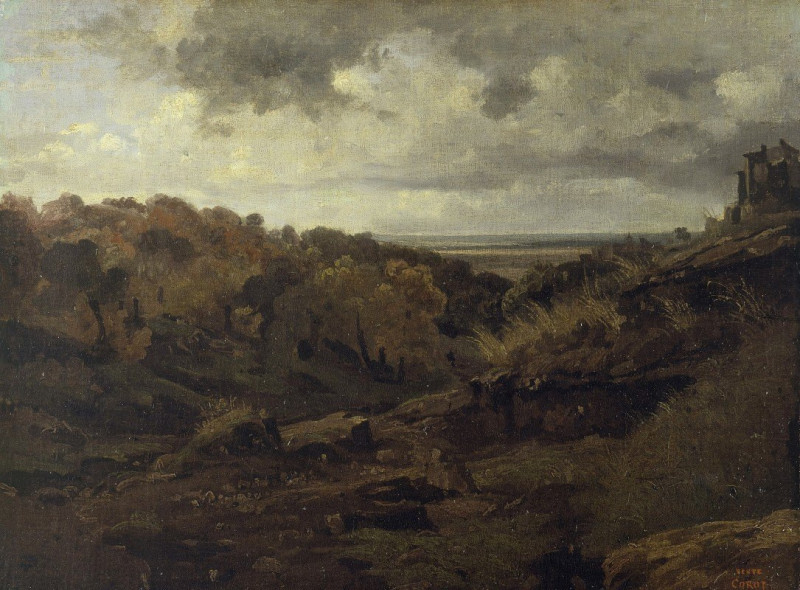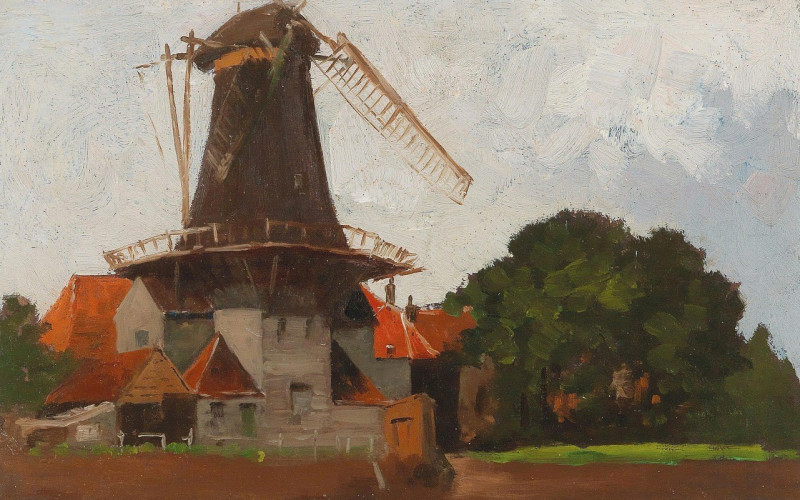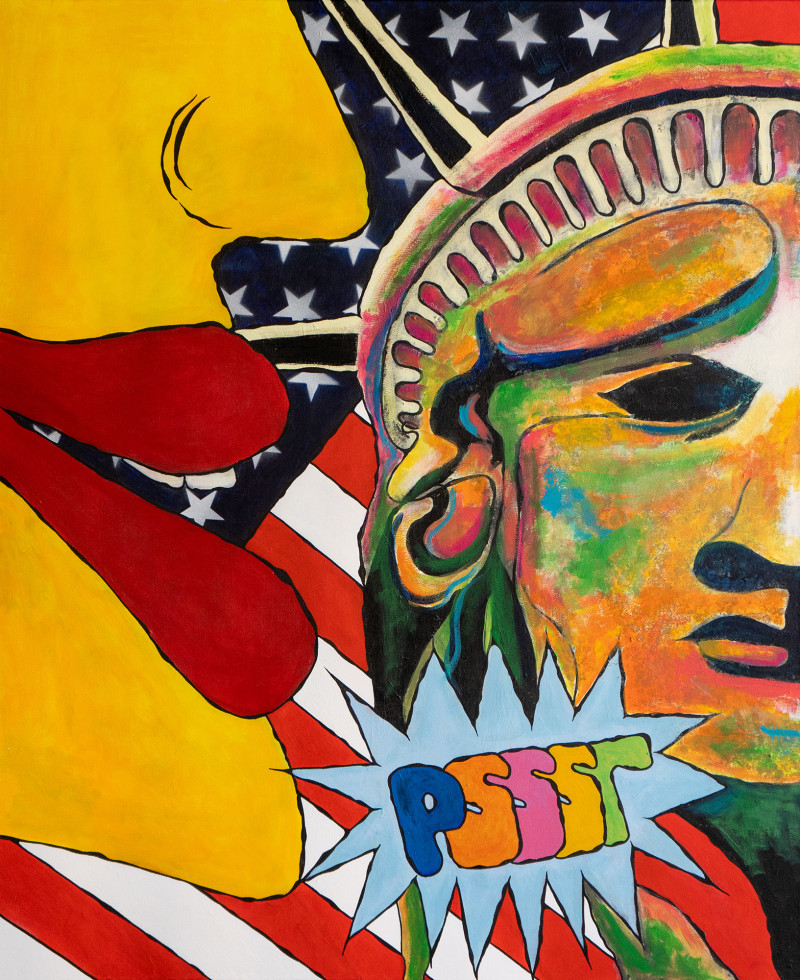Ohne Titel (Naturstudie) I (around 1924)
Technique: Giclée quality print
Recommended by our customers
More about this artwork
Karl Wiener, in his evocative pastel work "Ohne Titel (Naturstudie) I," captures the ethereal beauty of the natural world as day gives way to dusk. This striking piece artfully conveys the quiet moments of a sunset across a mountainous horizon. The work depicts a layered landscape where the deep, rich tones of the hills contrast with the vivid, fiery hues of the sky.Intricate textures in the foreground suggest rugged, shadowed mountains, grounding the composition in tranquility and solidity, while above, the sky is aflame with sweeping strokes of pink, orange, and yellow. Wisps of clouds, tainted with the colors of the setting sun, float serenely above the darkened peaks. The interplay between light and dark is carefully balanced, creating a scene that is at once both dramatic and serene.Wiener's use of pastel lends a softness to the edges of forms, emphasizing the fleeting, elusive quality of light at this time of day. This painting not only serves as a study of nature but also evokes a sense of calm and introspection, inviting the viewer to pause and reflect upon the day's end.

